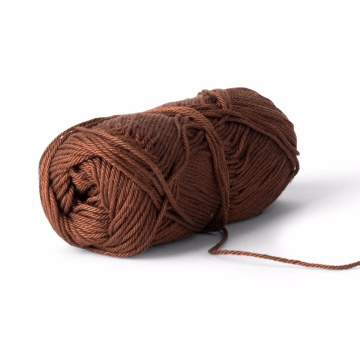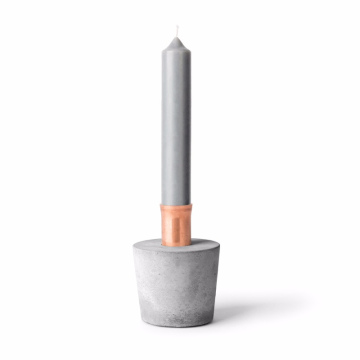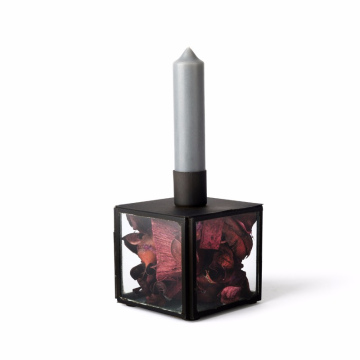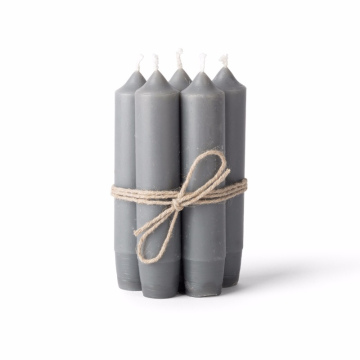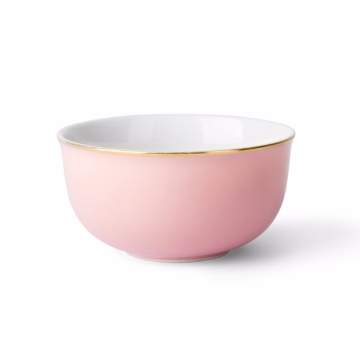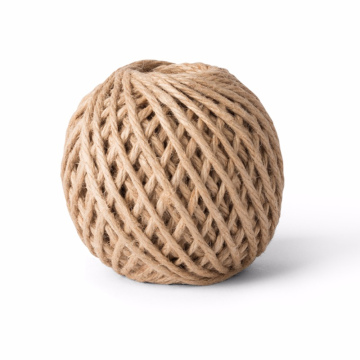A Culinary Journey: Enjoying the Delight of Pavlova in Australia
What is Pavlova? An Introduction to the Iconic Dessert
Pavlova is a meringue-based dessert that has secured its place in culinary histories of both Australia and New Zealand, often regarded with pride by both nations. The dessert, characterized by a beautiful contrast of textures, features a crispy outer shell that gives way to a soft and marshmallow-like center. While the exact origins of pavlova remain a subject of debate, it is widely believed to have been named after the famous Russian ballerina Anna Pavlova, who toured both countries in the 1920s. The dessert is often served at celebrations and gatherings, symbolizing a festive spirit and serving as a centerpiece on dessert tables.
The ongoing discussion regarding the rightful ownership of pavlova highlights the significance this dessert holds in the cultural identities of both Australians and New Zealanders. In Australia, pavlova is a staple at holiday feasts, particularly during Christmas when fresh seasonal fruits are abundant. New Zealanders, too, celebrate pavlova, asserting that they were the first to perfect this delightful treat, leading to an amicable rivalry where both nations proudly feature their rendition of this iconic dessert.
The fundamental ingredients of pavlova include whipped egg whites, sugar, vinegar, and cornstarch, which work together to create that signature texture. The whipped egg whites are beaten until stiff peaks form, after which sugar is gradually added to achieve a glossy finish. The inclusion of vinegar and cornstarch prevents the meringue from collapsing and provides a delicate chewiness. Once baked, pavlova is typically adorned with a lavish topping of whipped cream and an assortment of fresh fruits such as strawberries, kiwis, and passionfruit, creating a harmonious blend of flavors and visual appeal. This exquisite dessert has become a symbol of celebration, truly reflecting the joy of sharing and indulging in sweet delights across both nations.
Where to Find the Best Pavlova in Australia
Australia, a country known for its diverse culinary landscape, offers a plethora of options for those seeking the best pavlova. This iconic dessert, characterized by its crisp crust and soft meringue center, can be found in various locations, each boasting its unique take on the classic recipe. One of the most recommended destinations is Sydney, where local bakeries like Sweetness the Patisserie have garnered acclaim for their exquisite pavlova topped with seasonal fruits and a dollop of freshly whipped cream. Food enthusiasts often rave about the balance of flavors and textures, making it a must-visit for pavlova lovers.
Another excellent location to explore is Melbourne, famed for its vibrant food scene. Renowned establishments such as the Flower Drum serve a remarkable version of pavlova that incorporates Asian-inspired flavors, giving it a modern twist. Diners frequently mention the freshness of the ingredients and the artistry involved in its presentation, which elevates the dining experience significantly.
No culinary journey in Australia would be complete without a visit to Brisbane. Here, it is advisable to check out New Farm's popular café, which is known for its inventive variations of pavlova, sometimes featuring tropical fruits native to Australia. Patrons have described the pavlova as light and airy, perfect for the region's warm climate.
Beyond major cities, local markets, such as the Adelaide Central Market, present an opportunity to taste homemade pavlova from various vendors. The passion and dedication that local bakers exhibit often translates into delightful desserts that reflect the region’s flavors. For those seeking authentic experiences, engaging with these vibrant local communities can offer delightful tales and uniquely crafted pavlova that encapsulates the Australian spirit.
The Experience of Making Pavlova: A Step-by-Step Guide
Creating a delightful pavlova at home is an engaging and rewarding culinary experience. To begin, gather the essential ingredients: 4 large egg whites, 1 cup of granulated sugar, 1 tablespoon of cornstarch, 1 teaspoon of white vinegar, and a pinch of salt. For serving, you will also need approximately 1 cup of heavy cream and various fresh fruits such as kiwi, strawberries, or passion fruit to enhance the dessert’s flavor.
Next, preheat your oven to 250°F (120°C) and prepare a baking sheet by lining it with parchment paper. To ensure the ideal texture, it is recommended to use an electric mixer for whisking the egg whites. Start by beating the egg whites on medium speed until soft peaks form. Gradually add in the sugar, one tablespoon at a time, continuing to whip the mixture until it becomes glossy and holds stiff peaks. Incorporate the cornstarch, vinegar, and salt gently into the bowl, taking care not to deflate the whipped mixture.
Once your meringue is ready, spoon it onto the parchment-lined baking sheet, shaping it into a round disk with a slight hollow in the center to hold toppings later on. Bake the pavlova for approximately 1.5 hours, and once completed, turn off the oven while leaving the pavlova inside to cool down slowly. This step is crucial for achieving the signature crisp exterior and soft, marshmallow-like interior.
When the pavlova is completely cooled, carefully transfer it to a serving platter. Whip the heavy cream until soft peaks appear and spread it evenly over the top of the pavlova. Finally, adorn the dessert with your choice of seasonal fruits, which can include berries, citrus slices, or tropical options, allowing for a vibrant presentation that is both visually appealing and delicious. Experimenting with variations and toppings can elevate this classic dish and provide a personal touch to your pavlova experience.
Cultural Significance of Pavlova in Australian Celebrations
Pavlova has become much more than just a dessert in Australia; it is a symbol of cultural identity and a cherished component of numerous celebrations across the nation. This meringue-based delight, often topped with fresh fruits like kiwis, strawberries, and passionfruit, plays a significant role during festive gatherings, such as Christmas, birthdays, and anniversaries. During the summer months, particularly around Christmas, pavlova serves as a refreshing and delightful centerpiece, distinguishing itself from richer desserts that are traditionally consumed during colder months.
In Australian households, the preparation of pavlova fosters a sense of togetherness and joyous memories. Many families have their own unique recipes passed down through generations, with slight variations reflecting regional tastes and familial customs. It is not uncommon to see pavlova served at casual barbecues and picnics, where its lightness complements the laid-back Australian lifestyle. This dessert thus illustrates the balance between culinary creativity and the values of hospitality that are deeply rooted in Australian culture.
Furthermore, pavlova has had its share of representation in various cultural festivities. For instance, during Australia Day celebrations, friends and families gather, sharing not only food but also stories and traditions surrounding pavlova. The dessert often acts as a focal point, bringing people together and sparking joy through shared enjoyment. As such, it embodies the spirit of camaraderie and warmth that characterizes many Australian social events.
We encourage our readers to reflect on their own experiences with pavlova. Consider sharing your memories or family recipes, as these narratives contribute to the rich tapestry of Australian culinary heritage. Pavlova is not just a dessert; it is a celebration of culture, community, and shared moments in life.

